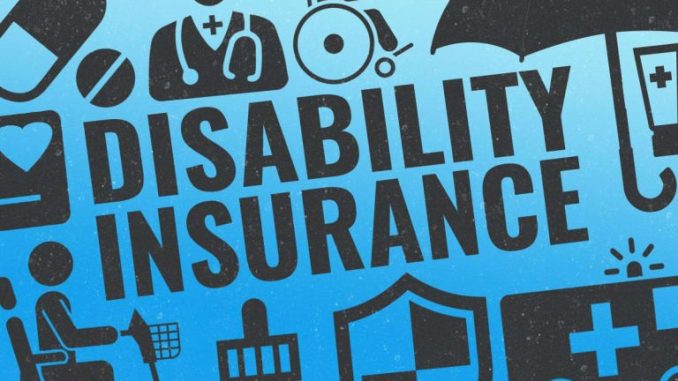
Disability insurance often sits in the shadow of more familiar coverage types like health, auto, or life insurance. Yet for many working individuals, it may be the most critical form of protection they never think about. At its core, disability insurance is designed to replace a portion of your income if you’re unable to work due to illness or injury. That simple premise carries profound implications. When your ability to earn is compromised, everything else—mortgage payments, daily expenses, long-term savings—can quickly unravel. Making disability insurance simple and essential means demystifying its purpose and showing how it fits into a broader financial safety net.
The complexity of disability insurance often lies in its terminology and structure. There’s short-term versus long-term coverage, own-occupation versus any-occupation definitions, elimination periods, benefit durations, and more. For someone unfamiliar with the landscape, these terms can feel like a barrier to understanding. But the essence is straightforward: disability insurance helps you maintain financial stability when your income is interrupted. Short-term policies typically cover temporary conditions, such as recovery from surgery or childbirth, while long-term policies are designed for more serious or lasting impairments. The distinction matters, but the goal is the same—to ensure that a health setback doesn’t become a financial crisis.
One of the most common misconceptions is that disability insurance is only for high-risk professions or people with pre-existing conditions. In reality, anyone who relies on a paycheck is exposed to the risk of income loss. A software engineer who develops carpal tunnel syndrome, a teacher diagnosed with cancer, or a business owner recovering from a serious accident—all face the same challenge: how to cover expenses when work isn’t possible. Disability insurance steps in to fill that gap, offering a predictable stream of income that allows individuals to focus on recovery rather than financial survival. It’s not about expecting the worst—it’s about being prepared for the unexpected.
Employer-sponsored disability insurance is a common starting point, and many companies offer basic coverage as part of their benefits package. While this is a valuable foundation, it’s often limited in scope. Group policies may replace only a portion of income, cap benefits at a certain level, or exclude bonuses and commissions. They may also be non-portable, meaning coverage ends when employment does. For professionals with variable income or those seeking more comprehensive protection, supplemental individual policies can provide greater flexibility and control. These policies are customizable, allowing policyholders to choose benefit amounts, durations, and definitions that align with their specific needs.
The financial impact of a disability can be long-lasting. Beyond lost wages, there may be increased medical costs, home modifications, or caregiving expenses. Without insurance, individuals may be forced to dip into savings, sell assets, or rely on family support. This not only disrupts financial plans but can also create emotional strain. Disability insurance helps preserve long-term goals, whether that’s maintaining a home, funding education, or saving for retirement. It acts as a stabilizer, keeping life on track even when health takes a detour. In this way, it’s not just a financial product—it’s a form of peace of mind.
Simplifying disability insurance also means making it more accessible. Digital platforms now allow users to compare policies, receive quotes, and apply online with minimal friction. Educational resources, calculators, and interactive tools help clarify coverage options and costs. These innovations reduce the intimidation factor and encourage proactive engagement. When people understand what they’re buying and why it matters, they’re more likely to see disability insurance as essential rather than optional. Transparency, ease of use, and personalized guidance are key to making the process feel less like a chore and more like a smart decision.
Advisors play a crucial role in this journey. A trusted financial professional can help assess risk, explain policy features, and tailor coverage to individual circumstances. They can also dispel myths and highlight scenarios that may not be immediately obvious. For example, many disabilities are caused by illnesses rather than accidents, and recovery times can vary widely. A well-informed advisor helps clients think through these possibilities and choose coverage that reflects their lifestyle and financial priorities. The conversation isn’t just about insurance—it’s about building resilience.
Ultimately, making disability insurance simple and essential is about shifting the narrative. It’s not a niche product for the unlucky few—it’s a foundational element of financial planning for anyone who earns a living. It’s about recognizing that health is unpredictable, but financial protection doesn’t have to be. By embracing disability insurance as a practical, accessible, and vital tool, individuals can safeguard their income, protect their future, and navigate life’s uncertainties with greater confidence. And in a world where stability is increasingly valuable, that kind of preparation is not just smart—it’s indispensable.